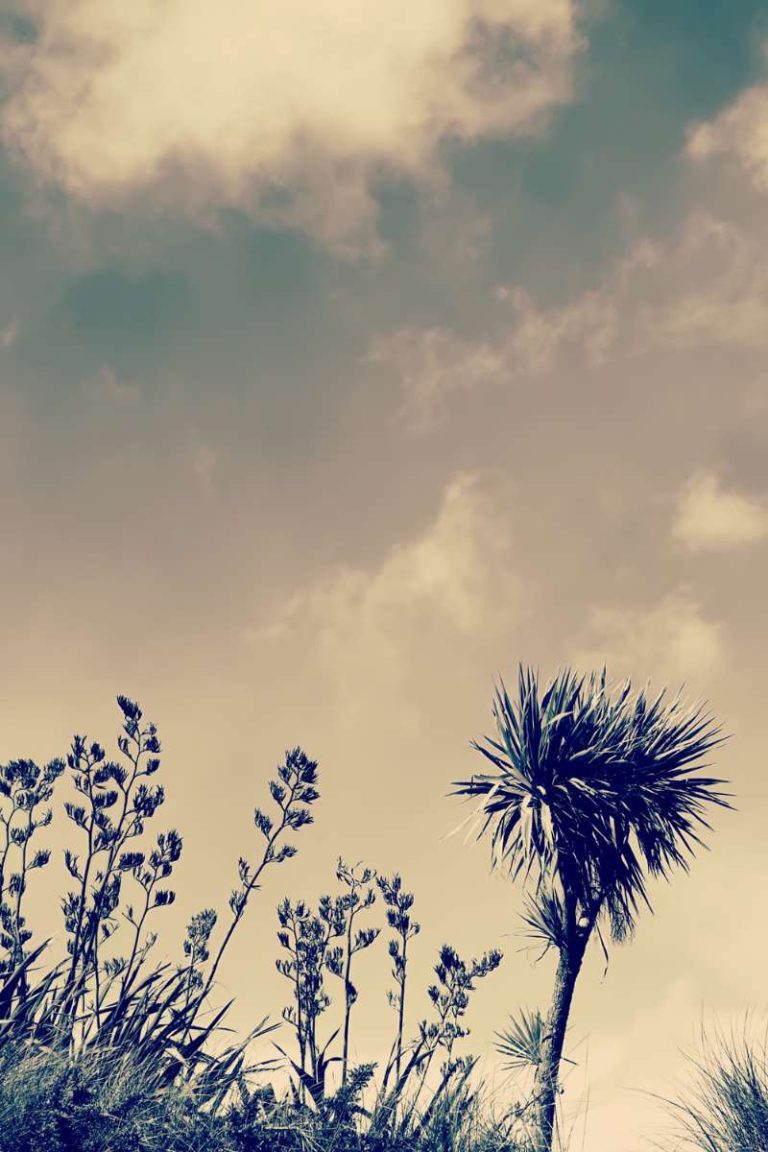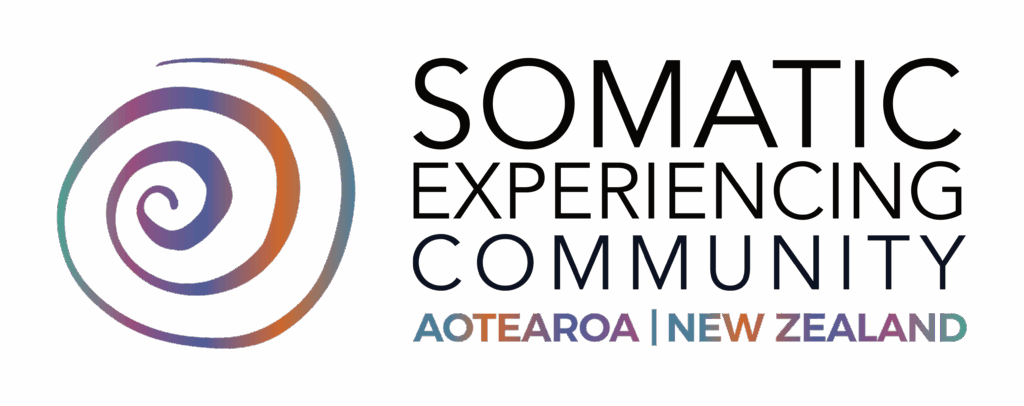Home » Somatic Experiencing and the Feldenkrais Method
Article Author: David Sullivan, SEP
The Method is named after scientist/engineer Dr. Moshe Feldenkrais (1904-1984). He was born in Russia, moved to Palestine as a teenager and studied in Paris. Besides being a scientist who worked on nuclear research and antisubmarine technology, he was also a judo master, credited with introducing the sport to the West.
The system Feldenkrais developed is based on his observations that the human brain has the capacity, throughout life, to form new patterns of movement, action and function with great efficiency. His method uses movement to improve the flow of information from our body to our brain. Simply put: when we have more info, we can make better decisions.
Feldenkrais created non-habitual movement sequences that would fly under the radar of our habit and provide stimulus for the nervous system to create new neural pathways. The intent when doing the movements is on quality, ie listening to any differences in the ease of the movements while repeating them. Curiosity, slow repetition and variation reinforce the newly acquired patterns into new options and agency in life.

As I’m writing this, I’m reminded of the 7 things we do in SE: Contain, Listen, Direct, Follow, Stimulate, Inhibit and Integrate. These are all present in the Feldenkrais method.
Both methods work with (rather than against) the nervous system in a bottom up direction and involve an approach that is individual to the unique person you are working, ie being fully present.
Both methods work to give clients more options than the habitual ways we always respond to our environment. In the FM, we see these as habitual movement patterns and in SE we see these as management strategies.
Both approaches use extraordinary listening and acceptance so that we can recognise these patterns without judging them or trying to manipulate them.
Both approaches use titration to work within what is doable so that the system can find other non-habitual responses. “You can’t learn when there’s a tiger running at you”.
Through his Judo training, Feldenkrais learned that it is far more effective to work with the nervous system rather than against it.
This principle is seen in martial arts where, if your opponent is pushing you, it is better to pull him in the direction he is pushing (thereby “agreeing” with his power) than merely pushing back against him.
As a systems engineer, Feldenkrais saw the nervous system as a “Black Box”, which in systems theory refers to a system whose behaviour has to be observed entirely by inputs and outputs. Therefore even if we have a really good idea of what is going on in our clients’ system, e.g. from previous sessions, our real time observations of the response (output) to the stimulation of our words or hands (input) is of primary importance. I’m sure Peter Levine has a similar view.
My first experience with the Feldenkrais Method very possibly saved my life.
I was skiing in Switzerland and had a bad fall at the end of the day which I thought nothing much about. The next day however when I was climbing in the car to drive up the mountain, my right lung spontaneously collapsed, although to me it felt like I had suddenly put my back out. For two days and a night, I went around not knowing that I was breathing on one lung.
On the second day I went to see a Feldenkrais practitioner down in the valley. I have no idea what she did, but after a devine hour of careful listening with her hands, I was out of pain and feeling a great deal better – but still had an inkling that something still wasn’t right. There was also this funny flapping sound when I breathed.

If this woman could listen to my body so deeply, then surely she would listen to my inkling.
I told her my suspicion and I asked her to listen to my breathing. She heard the same faint flapping sound I did.
Without hesitation the practitioner phoned the local doctor and drove me to him. After diagnosing me as having a collapsed lung, the doctor explained that I was lucky that I had come down from a higher to a lower altitude because the increase in ambient air pressure had helped keep my heart from shifting to the left and collapsing my left lung as well. This would have meant a relatively swift death.
After hospital, I returned home to Munich and promptly signed up for Feldenkrais classes and eventually changed careers from engineering to Feldenkrais.

My first SE session was not quite as life and death, but it was just as important.
A friend is an SE practitioner in USA and at her suggestion, I had read Peter Levine’s years earlier. The book had led to a theoretical understanding of the approach but it wasn’t until my friend gave me a session that the full extent of its power sunk in. I signed up for the SE training in Brisbane with the thought that it would benefit many of my clients who were suffering from physical ailments where I felt I wasn’t getting to the root of the problem. I didn’t realise that me personally would be the biggest benefactor of the training.
Before the start of the first segment, my wife was diagnosed with terminal cancer and she ended up passing away right around the end of the course. So the training ended up being exactly what I needed in terms of observing the process and recognising and nornalising the waves in my nervous system as well as hers.
So in conclusion, these are two amazing approaches that have touched and continue to touch my life in profound ways.
